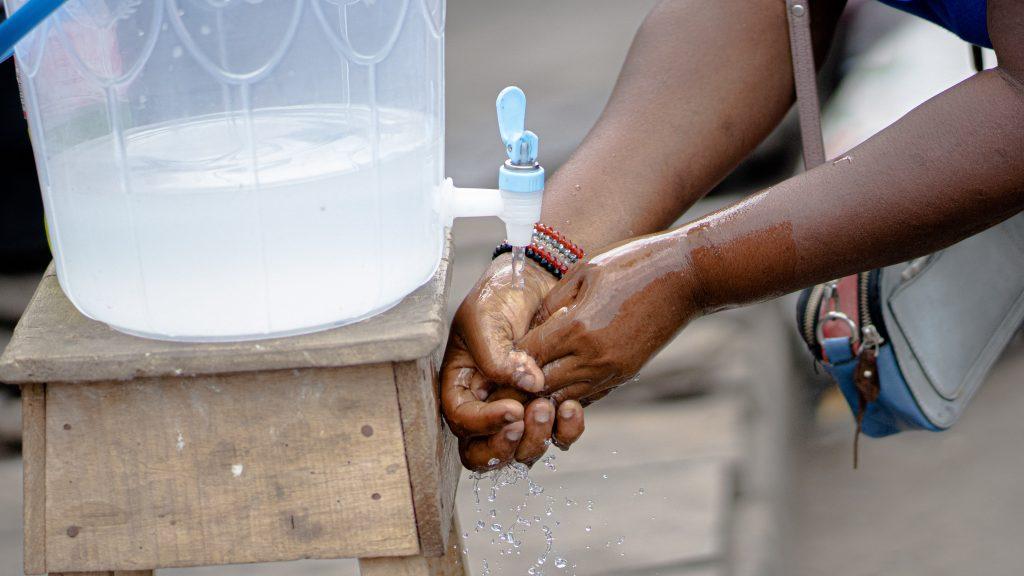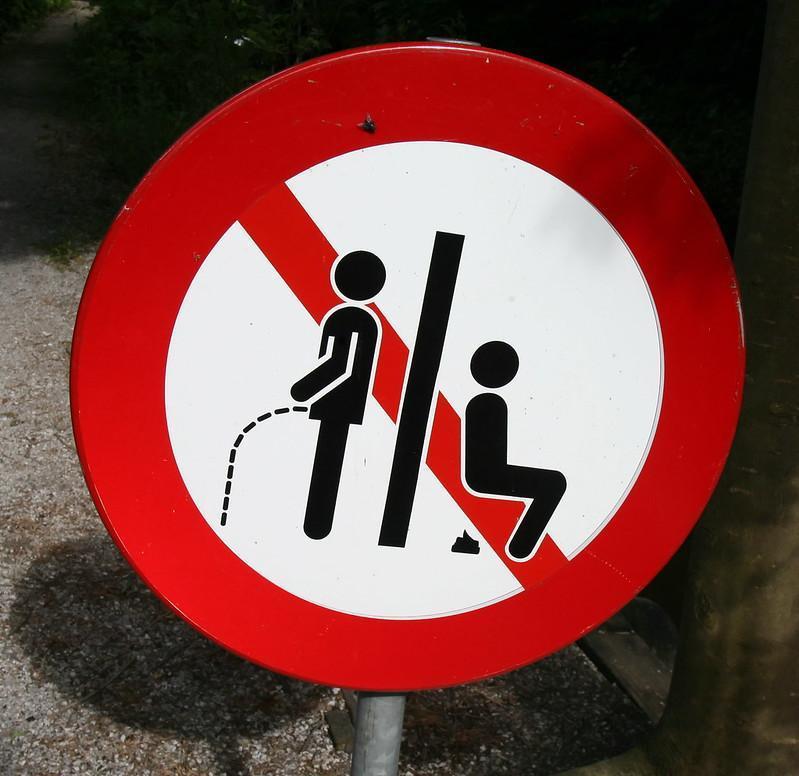It’s been more than 20 years since we observed the turn of the millennium. Yet, there still remains an unacceptable level of unresolved issues from the past. Access to Water, Sanitation, and Hygiene (WASH) is still heavily compromised in many parts of the world. Whilst this article’s main focus is poor sanitation, it also relates to unsafe water and lack of hygiene. Both are compounded by unsafe sanitation.
Poor sanitation, which refers to lack of access to clean drinking water and unsafe disposal of human waste, not only carries its own burden of diseases, but it may stand in the way of the infection control strategies against the COVID-19 pandemic. Whilst some countries are already battling sanitation-related infectious diseases, COVID-19 has only added to their plight. As demonstrated in the following video, people living in rural, vulnerable, and war-torn areas are the most affected. This combined effect of simultaneous multiple infectious diseases makes it even more pertinent to address the sanitation issue as promptly as possible if we want to see the light at the end of the tunnel.
A real burden as per global data
Who is at risk?
Whether it is by lack of access to safely managed sanitation or basic handwashing facilities or open defecation, poor sanitation kills about 775,000 people yearly. A large study, the Global Burden of Diseases 2017, lists poor sanitation as a major risk factor for death globally. The more recent version, which is the Global Burden of Diseases 2019, posits that children below 10 years are the most vulnerable. For this demographic, the Disability-Adjusted-Life-Years (DALYs) have declined at a faster rate with six infectious diseases figuring among the top ten causes of DALYs. Among these, diarrhoeal causes rank third. With more deaths from diarrhoeal diseases occurring in Sub-Saharan countries and South Asia (Ourworldindata, 2019) and with the highest risk factors for such diseases being unsafe drinking water and poor sanitation, it is clear that these deaths are largely preventable.

Poor sanitation-related diseases
Poor sanitation facilitates the transmission of water-borne pathogens that cause diseases, such as hepatitis A, dysentery, cholera, typhoid, etc. The following video depicts the vicious cycle through which open defecation can lead to infectious diseases in humans:
Mind you! Open defecation or the use of unsafe sanitation are not the only causes of diseases. Mismanaged wastewater causes 10% of the global population to consume contaminated crops. When crops are irrigated by wastewater, people ingest contaminated food and become sick.
Besides the overt infectious diseases, unsafe sanitation exacerbates malnutrition and contributes to child stunting. Malnutrition also results from under-eating or over-eating, which hinders the body from receiving the right balance of nutrients in the body. In this context, malnutrition can be potentiated by worms infections or repetitive diarrhoeal episodes, but it remains treatable. Stunting is more serious than that and can occur in young children.
Stunting – a serious problem
Child stunting cannot be simplistically attributed to malnutrition. Stunting is the consequence of chronic nutritional deficiencies with irreversible damage and lifelong repercussions (Hoddinott et al., 2013). A large body of evidence now puts forward a condition called environmental enteropathy. It is found in children who do not have proper access to WASH and likely explains how a child’s immune system keeps on fighting subclinical (not noticeable or overt enough) infection acquired from a poor hygienic lifestyle (Schmidt, 2014). Most of the child’s energy is drained into the chronic infectious fight instead of being used for growth (Schmidt, 2014; Watanabe & Petri, 2016). Unsurprisingly, epidemics of child stunting have been found mainly in low socio-economic areas. As of 2020, despite improvements, stunting affects 22% of children globally (WHO, 2021).
Poor sanitation: Germane to COVID-19 pandemic
The world has now witnessed how the widespread complacency and lack of rigorous action in the field of infectious disease control resulted in the worst nightmare of this era: The COVID-19 pandemic. This demonstrates that it’s more important than ever to optimise our infection control strategies on all fronts.

This pandemic has highlighted the importance of handwashing as a pivotal control measure. However, can we talk of hand hygiene without safe sanitation? Two out of five people (around three billion people) worldwide still lack basic handwashing facilities (WHO/UNICEF 2019).
Although hand hygiene practice can never be overemphasised, it is just one among many equally important strategies. These strategies work to mitigate the proliferation of many types of communicable diseases, not just COVID-19. The provision and maintenance of good sanitation is a linchpin for infection control. Segregating clean water sources allows them to be kept pristine from contaminated water bodies. Whilst the former is usually meant for consumption, the latter should only be used for waste management. Another way good sanitation complements infection control measures is by acting as a major protective barrier to the faeco-oral route transmission of pathogenic microorganisms. Yet, in many parts of the world, such basic infection control strategies are still elusive. Hence, securing good sanitation for all is an irrevocable must and coincides with the UN Sustainable Goal Development 6 (SDG6).

It took us the experience of this pandemic to understand the importance of handwashing practices. Do we need another shockwave of this magnitude to realise the importance of good sanitation in the battle against infectious diseases?
How bad is the current situation?

According to the most recent data (2017), about 673 million people practice open defecation – often contaminating water bodies. This practice is not happening just because of a lack of access to toilets/latrines. For instance, a survey revealed a preference for open defecation in Northern rural India (Coffey et al., 2014). In Kenya, culture followed by poverty levels were positively associated with open defecation (Busienei et al., 2019). What makes the situation harder in Kenya is also the water crisis that the country is facing (See Kenya’s water problems: A country in crisis).
This cultural practice is explored in the Bollywood movie Toilet. It portrays the practical and emotional drawbacks of open defecation. The film also focused on some major barriers that certain communities face in accessing toilets/latrines. Besides other identified barriers such as culture, religious beliefs, and habits, the movie also showed how open defecation is widely accepted because of gender inequality.
A social burden
Open defecation by women increases risk of rape, assault and snake bites. In India, women who defecate in the open are twice as likely to be victim of non-partner sexual violence compared to a women who have access to toilets in their household (Jadhav et al., 2016). The psychosocial wellbeing of women who helplessly defecate in the open are also generally impacted (Saleem et al., 2019). As per a study conducted on snake bite admissions in an Indian hospital, 14% of snake bites happened while defecating (Singh et al., 2008).
Therefore, tackling the problem of poor sanitation in regards to open defecation requires a multi-pronged approach. The latter needs to work hand in hand with contemporary issues, such as gender inequality and clustered illiteracy.

The basis for an ACTION PLAN
A recent systematic review by Bishoge (2021) identified several barriers that are impeding the progress towards improved or safely managed sanitation in Sub-Saharan Africa, where the problem is rife. For instance, the rapid population growth remained unassisted due to the lack of financial resources. Other barriers included the lack of skilled workforce and appropriate policies as well as people’s behaviour in general. The study also identified how political commitment is pivotal in improving sanitation. The relatively successful series of action and interventions that were brought by the Indian Government, in partnership with UNICEF, support the study’s findings.
With increased funding and a major project called Swacch Bharat Mission and under a strong political supervision, as of 2019, the rate of open defecation due to lack of access to toilets has significantly reduced. From 568 million people defecating in the open in 2015, at least 450 million Indians now have access to toilets (UNICEF India). Previously India alone constituted half of the 1.2 billion people practicing open defecation. However, in the aftermath of years of concerted effort, India has since October 2019 been declared open-defecation free. Whether this is totally true or not, is debatable. Although availability and access to toilets have improved, a reluctance in using toilets in rural Bihar has recently been documented in a study by Jain et al. (2020). Nonetheless, most studies have acknowledged a significant improvement following India’s efforts to improve sanitation.
The main driving forces
The take away from the measurable success of that mission shows that political commitment together with international involvement (UNICEF in this instance) can achieve great progress. However, for the sustainable use of toilets and the sustainable behavioural change, more needs to be done. Providing the services is one thing. Changing behaviours is another. Both are needed to keep sanitation-related diseases at bay. With good distributive justice, achieving universal access to proper sanitation is plausible. I believe the current pandemic provides enough motivation for international cooperation in this endeavour. Similarly, sustainable behaviour change can also be instilled in people through health promotion strategies that are politically driven. Learn more about sustainability topics on THRIVE!























